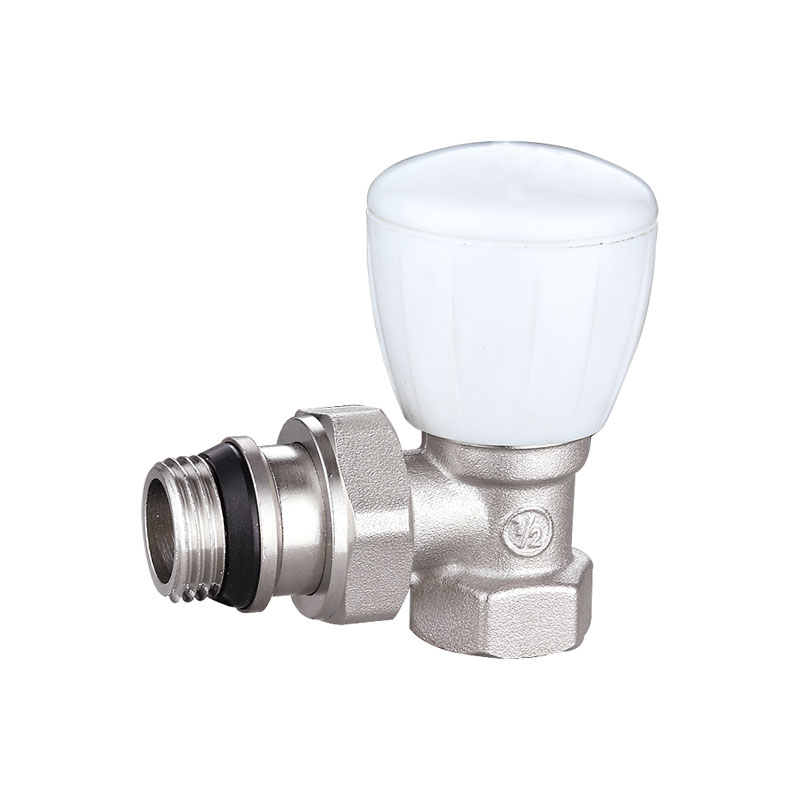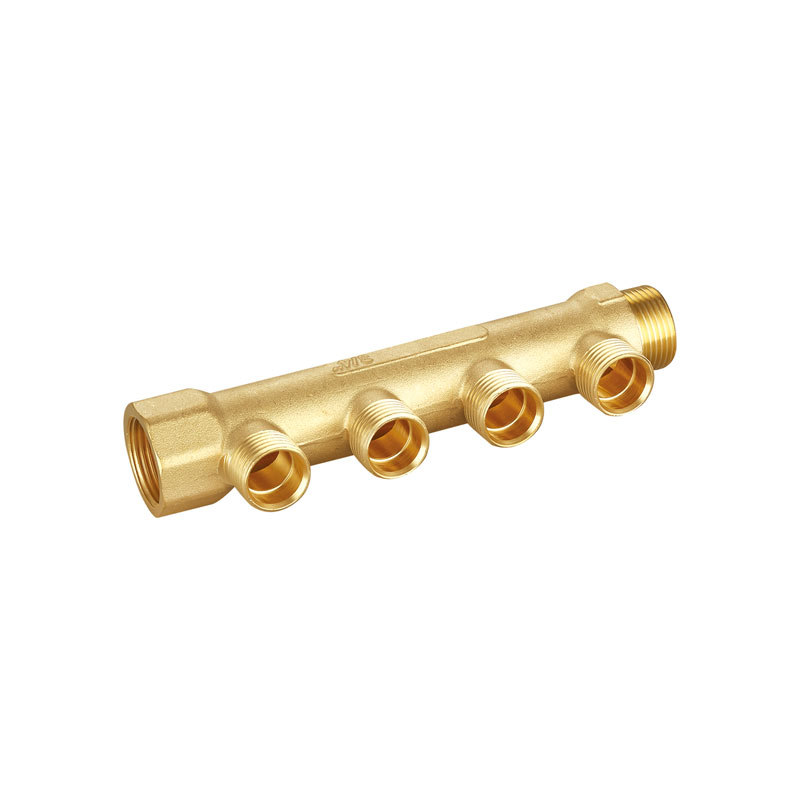These devices consist of a body with an internal threaded bore, a ball, and two valve seats. The upstream seat is adjacent to the inlet side of the valve and the downstream seat is adjacent to the discharge side.

The valves are sized according to their fluid handling capabilities and application. They are also classified according to the housing assembly, ball design, and bore profile.
They are available in different styles and sizes, including multiport bores that allow splitting and combining flow rates and diverting flow directions. They can be operated manually using a handwheel or lever or automatically by electric, pneumatic, or hydraulic actuation.
Unlike other types of valves, they do not induce turbulence when flowing liquids. This is because they have minimal restrictions on the flow path. This makes them ideal for controlling the level of a tank or a reservoir.
It requires only a quarter turn to open or close these devices, which helps to save time and energy. However, it is important to observe a few simple rules when operating these valves.
If the valve is not operated correctly, it can damage the plumbing system and lead to water hammer. The easiest way to prevent this is to only turn on the ball valve for a fraction of a second, and not to turn it fully.

 languages
languages

 English
English русский
русский












